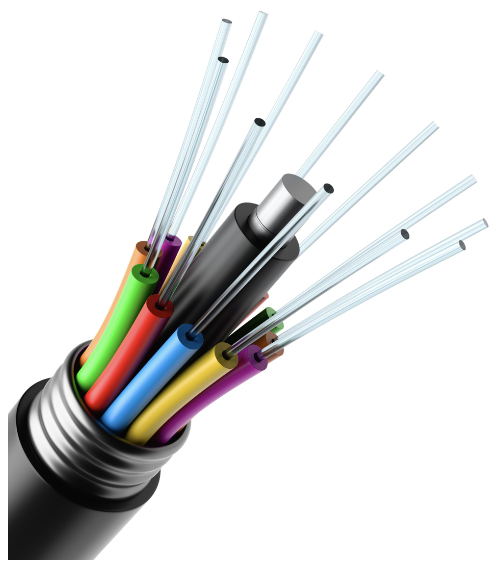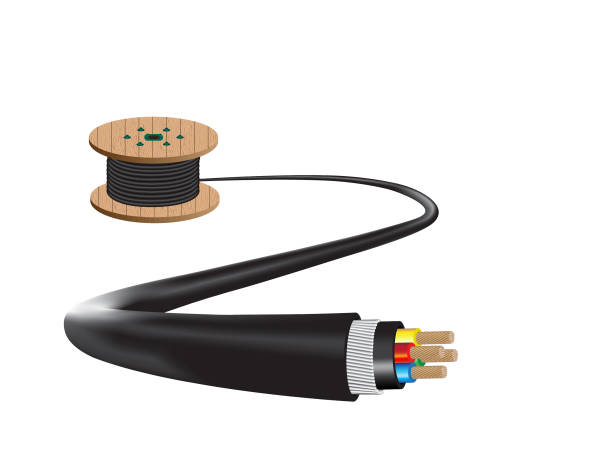Fiber optic sensor cable is combined with plastic or glass fiber-optic cables and is used in applications with small installation spaces or high temperatures.This article can help you learn more about fiber optic sensor cable.
What is Fiber Optic Sensor Cable?
Fiber optic sensor cable is a type of fiber optic cable that can be used for high-speed data transmission, and measures temperature, strain, vibration, and acoustic signals, even in harsh environments. A fiber optic sensor cable monitors a fiber optic cable from a single location via pulses of light traveling down the fiber. It provides continuous 24/7 monitoring over long distances. The fiber itself is the sensor, so there are thousands of sensing points along the route of whatever asset is being monitored. The fiber is passive, so no power supply is required along the asset.
Fiber optic sensor cable is available with single-mode (SM) and multi-mode (MM) fibers or a combination of both. SM fiber is used for distributed Acoustic sensing (DAS), and distributed strain sensing (DSS), while MM fiber is used for distributed temperature sensing (DTS).
Fiber optic sensor cable is available in metal-tubing, metal-free, tube-in-tube, or armored stainless steel configurations. The metal-free cable reduces the risk of induced voltages and is usually flexible, while metal armored cable has high rodent protection, is robust, and is the right choice for a harsh environment. Additionally, a wide range of appropriate sheathings is available, for example, flame retardant non-corrosive (FRNC) sheath, water-tight high-dense polyethylene (HDPE), or others.

Features and Benefits
Fiber optic sensor cable provides precise localization of events, temperature, strain, vibration, and acoustic measurement, immunity to electromagnetic interference (EMI), suitability for use in explosive hazard areas, small diameter, low weight, low cost, flexible,purely passive sensor element,and need no electrical power to function.
Applications
Fiber optic sensor cable is used in temperature monitoring ( tunnels, roadways, airport runways, buried environments),fire detection, leak detection, thermal mapping, telecom,structural health monitoring (SHM), oil and gas, power and utility, safety and security, industrial automation, transportation, and more.

Conclusion
Fiber Optic sensor cable provides a unique combination of size, robustness, and strength that enables it to be the product of choice for temperature, strain, or vibration applications. The cable is suitable for installation in tunnels, roadways, airport runways, buried environments, oil and gas, and any industrial application where there is a need for crush resistance, high-temperature performance, and quick thermal response.Sun Telecom provides all fiber optic sensor cable products and solutions to the global market.


 Position :
Home>
News & Tutorial
>Products
Position :
Home>
News & Tutorial
>Products





 Position :
Home
>Products
Position :
Home
>Products







 ics@suntelecom.cn
ics@suntelecom.cn  +86 18964888554
+86 18964888554 Building No.145, Lane 666 Xianing Road, Jinshan Industrial Zone, Shanghai 201506, China
Building No.145, Lane 666 Xianing Road, Jinshan Industrial Zone, Shanghai 201506, China